A Multiplicity of Connections
Scott Ostrowski, Chief Technologist at Booz Allen Hamilton
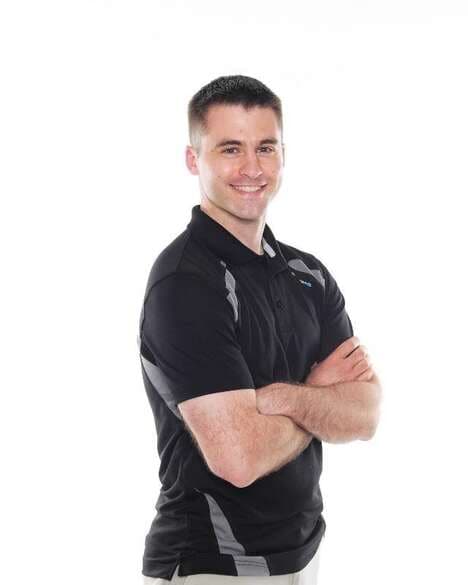 Looking to the future, the tech industry has almost limitless potential, and Scott Ostrowski is one of the innovators working to fulfill it. Trend Hunter spoke with Scott, the Chief Technologist at Booz Allen Hamilton, about mining innovating on large teams, staying broadly aware of trends, and juxtaposing experiences for innovation.
Looking to the future, the tech industry has almost limitless potential, and Scott Ostrowski is one of the innovators working to fulfill it. Trend Hunter spoke with Scott, the Chief Technologist at Booz Allen Hamilton, about mining innovating on large teams, staying broadly aware of trends, and juxtaposing experiences for innovation. TH: Tell us about yourself and your role.
SO: At BAH, most of my time has been supporting the Department of Defense. In my current position, I’m dual-headed. I spend about half my time supporting a DoD client on a client-facing contract of about 200 FTEs; I’m the technical director on that task, so I oversee the technical delivery of the contract both on the day-to-day and also looking at the long-term strategy. And then the other half of my time I spend supporting what we call the ‘Cyber Account Technical Agenda.’ That account within BAH is about 1,100 people, and, as the name implies, it supports mostly cyber missions, cyber clients etc.
How do you and your team generate great ideas? Do you have certain rituals to make creativity happen?
For myself, I look to gather as much information from as many diverse sources as possible. I look to talk to lots of people, I like to get exposure to a lot of ideas, and from there comes the ability to merge many of these disparate ideas or make connections where they don’t seem intuitive at first. Many times I view innovation as taking an old idea and applying it in a new way. And personally, to be able to do that, I try to get as much perspective and input as possible. That’s talking to staff, candidates, academics, reading journals, keeping an eye on what’s occurring online and in chat sessions, and trying to gather that as much as possible.
From a staff perspective, we approach it in largely the same way. As I mentioned, we have 1,100 people, so a very diverse staff with very diverse skillsets and mission challenges, and as a result our technical agenda has to be equally as diverse. Because that will both attract and retain top talent but also equip them with the skills to keep pace with changing technology and identify new trends.
What are some barriers to innovation? How do you get around them?
The most significant is probably cultural and organizational. Depending on the company, that can be more challenging — to implement that innovative culture and thought process. For me, the challenge has been getting our staff to think more big picture, more creatively and more openly, outside of what they’ve seen in the past and what our culture has typically supported.
How do you identify trends? What resources do you and your team use to spot trends and insights?
I definitely speak to our staff quite a bit, because it always amazes me how in touch they are with their own particular expertise and areas of interest, both in the client spaces and in industry. All the journals and publications and input that they read and see scale far more than just me individually.
For me, I follow a fair amount of companies and read their blogs: XAPPmedia, Guardtime is a blockchain company I’m interested in, etc.
Do you have specific rituals for resetting to be creative?
I listen to a lot of business podcasts, and I like to pull snippets from them. As you’re listening to different podcasts, I find there’s encouragement, ideas, and some really interesting things that you can take from them. For example, there’s a neat one from NPR called ‘How I Built This.’ There was one recently where they interviewed one of the original founders of Lyft. What I found really interesting from that was that the base app was written in about three weeks, but then it took them four plus weeks to gain the initial government permits for being able to operate in a certain city. So that was actually a bit of an encouragement to see, because we work quite a bit with the federal government, and we’re constantly trying to match the speed of technology and development with the pace of government. To find inspiration and ideas through other companies that have done that is one of the ways that I reset.
I’m also a drilling military reservist, so for me it’s diversity of perspective. I have an opportunity one week in the month to see things from a different perspective, a different problem set and different mission.
Then, at BAH specifically, I try not to stagnate. I’m typically in a position for two or three years before asking how do I learn, grow, and challenge myself? Sometimes that’s just taking on new responsibilities, sometimes that’s a lateral move.
What are some examples of things you can do to create a culture of innovation?
Within the Agile Manifesto there’s a comment that talks about individuals and interactions over processes and tools. We run our tech agenda with really high touch points. Constantly engaging with staff — and in some cases that’s just developing the network and developing the personal relationship so that they feel comfortable coming back to us with ideas in the future, or streamlining the process enough so that it’s an email to me saying, “Hey Scott, I have an idea. What do you think about it?” The challenge there is scalability: like I said, it’s 1,100 people. So we have to implement enough of a process so that I don’t get buried but there’s still structure to capture those ideas and vet them.
So I mentioned the culture and the people: I think it’s balancing the high touch point and engaging with staff so that they pursue these ideas with leadership, but not making it so cumbersome that they say, “Forget it, I don’t want to go through that.”
Describe the future.
The internet of things: where the number of endpoint devices continues to multiply exponentially, each one of those becomes a sensor, and then over time we’re going to have a place where all that data is externally collected and analyzed. And all that analysis will likely occur through machine learning and machine intelligence.
But with that will come far more integrated services, so for example healthcare: right now healthcare has pretty disparate delivery systems. It’s mostly still done on paper,and if you want a referral you have to go to your primary care manager who sends you to a specialist that asks all the same questions. I see a future where a lot of that starts to become interconnected and informed by those IoT sensors in your life. Right now Fitbits are all the rage, but I believe they’re probably just in their infancy. I see a time where that reads a lot more of your biometrics and potentially feeds that biometric data to your primary care physician who can set automated alerts for when your biometrics exceed the limits.
Then we start to network that across doctors and healthcare systems so that information can be shared with other specialists. My son fell and broke his leg a couple years ago, and he had to have an x-ray; my wife had to hand-carry that x-ray to every doctor we went to because they didn’t have the means to share an electronic file. That sounds really basic, but just the ability to share that information and then be more automatically informed by the sensors that we will use. Right now it’s just Fitbits and smartphones, but I think eventually it will expand to smart mattresses, and other normal, everyday items that you interact with on a daily basis will start to feed information into healthcare, consumer markets, etc.
To pivot from this connected world, I also hope augmented reality and virtual reality are going to fundamentally change our educational system through experiential learning. Right now you’re looking at virtual reality with the gaming industry, but there’s more to it than that. I have a couple children, and I’d love to see that type of technology in their school system, where if they want to learn about the Eiffel Tower, they can interact with that piece of history or that physical location by putting on virtual reality goggles and being able to walk around Paris. And that’s just geography — now if we can develop these experiences based on points in time in history, that makes history come alive.
What’s the craziest thing you have done to get creative inspiration?
My grandfather was a paratrooper during the Korean War, and when I was in the service I had an opportunity to go to jump school. So jumping out of an airplane really teaches you a lot about yourself, and it teaches you to trust your equipment and the predictability of the physical world around you.
I also had a unique opportunity to swim with sharks off the coast of Midway Island, which is a national park that not too many people make it to anymore. Again, juxtaposing both the history of World War II (there’s a battlefield there) with swimming with sharks, it rounds out my experiences and gives me a more diverse framework to put technology into.
Featured Articles

Consistently Searching for Creative Ideas
Sr Director of Marketing at IMAGEN Brands, Jenny Straub

Exploring Exciting Flavors
Sanjiv Gajiwala, Vice President of Marketing at Mike's Hard Lemonade
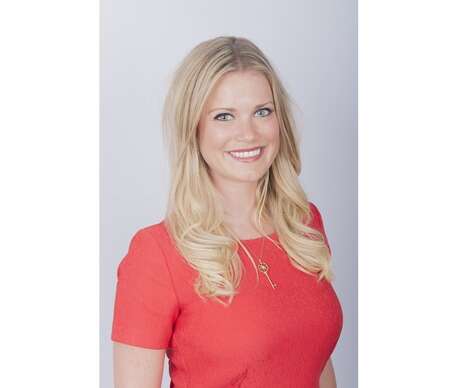
Sparking Tastes and Trends
Kelli Heinz, Director of Marketing at Bell Flavors & Fragrances
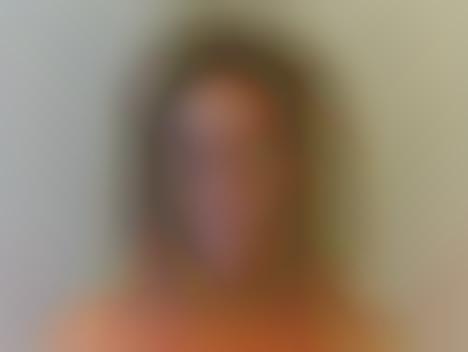
Breaking Out of Fixed Mindsets
Suzanne Zimny, Head of Innovation at Vimto
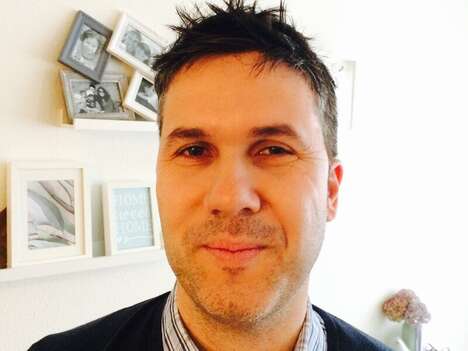
From Risk to Reward
Alexandre Bastos, Global Director of Innovation at Givaudan
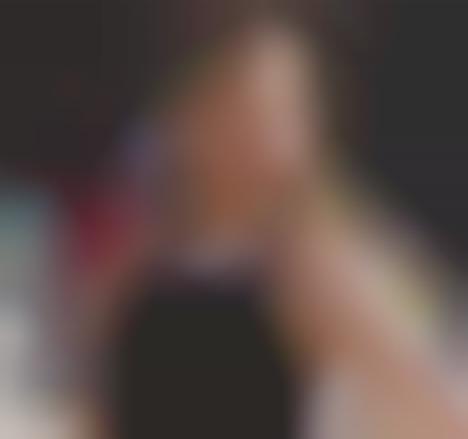
Actionable Innovation in the Workplace
Senior Marketing Manager Nicole Diamant, InterbrandHealth
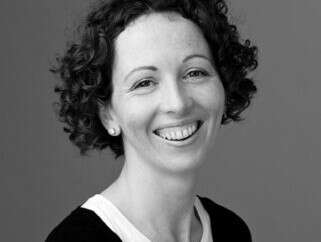
Diving Deep in Innovation
Ciara Dilley, Senior Director of Global Snacks Innovation at PepsiCo
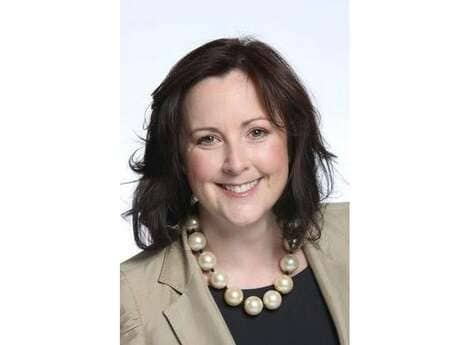
The Energy to Innovate
Elaine Robinson, Innovation Programme Manager at Electric Ireland
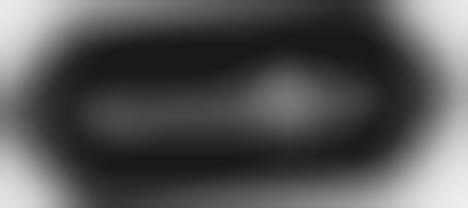
Experience and Innovation
Sally Burrell, Innovation Consultant at Burrell Fox